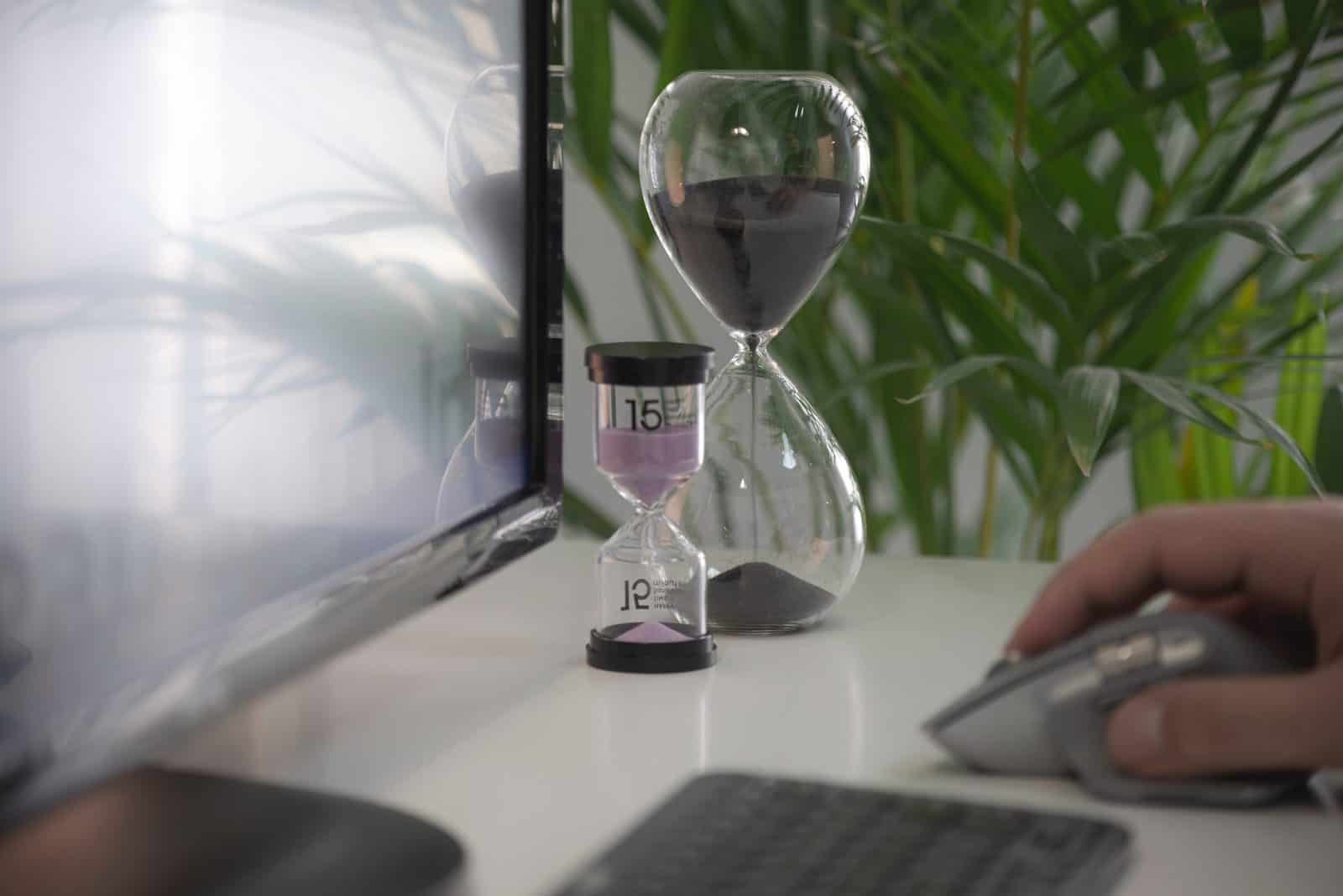We’ve all struggled with time management issues at work. You wake up with the hope that not only will you fulfill all of your deadlines but that you will also go to the gym and prepare a nutritious home-cooked meal. But it doesn’t always go that way. More often than not, the enthusiasm only lasts until your workday takes hold, and you already become exhausted halfway through. As hopeless as it may seem, this doesn’t have to be the case. By planning out your workday and prioritizing tasks, you can get home feeling better and still have energy for the day. When there’s no way to lessen the workload, all you can do is learn to manage time better.
There are numerous articles online dealing with work time management. If you want more out of your day and want to live a more productive life than you think is possible, these time management techniques are for you. We will, however, concentrate on ways to help you spend your work time effectively and get better time management outcomes.
-
Figure out how you’re spending your time
If you want to improve your time management, you must first determine where your time is going. Tracking and measurement of time is very important to improve your productivity. Try recording your everyday activities for a week and logging your time. This will serve as a mini audit that can help you in many aspects.

How recording everyday activities help:
- Analyze how much you work every day
- Notice any timesucks or wasted time
- A clear view of the activities that yield the best results.
In addition to these things, another benefit of auditing your time is that you’ll get to see what takes the longest to do ( this will help in implementing one of the other tips).
-
Schedule everything
This is possibly the most important tip (especially for us type-A folks out here). When your time is organized, you’ll get the most done and make the best out of your day.

It doesn’t matter if you do this in your calendar, bullet journal, planning software, or on paper. What matters is that you take action. Many that have never planned their time could struggle with listing priorities and accurately assessing what needs to be done, so here’s a blueprint.
How to plan your day:
- Make a list of weekly priorities.
- Take a look at your calendar to see what meetings and other commitments are on there.
- Divide priorities throughout the week, setting aside time each day to accomplish something that helps get you closer to achieving set objectives by Friday.
-
The 10-minute rule is a life-saver when dealing with larger projects
This tip is especially important for multitaskers and extremely busy professionals, and early risers. Focus ten minutes at the start of the workday on the task that is on your mind and that has to be begun. These 10 minutes might feel like an eternity at times, but they can also encourage you to keep working on the assignment. If you manage to implement the ten-minute rule into your daily routine, even on bad mornings, you will be able to begin essential work.

The most crucial component of this tip is to devote these 10 minutes to yourself first thing in the morning. That implies you shouldn’t peek at your to-do list or check your emails just yet; instead, concentrate on the work at hand.
-
Urgent vs. Important
This is a time management skill you’ll learn in any time management course, but it’s probably one of the simplest things you’ll ever do to help you manage your workload when you’re overburdened. Everything that is urgent is not necessarily important. And not everything that is important has to be done right now.
Important work examples include; your goals for the year, on-time, and on-budget completion of a strategically important project, assuring that document version control is current, etc.

In contrast to this, urgent work is something that must be completed right now.
-
Combine jobs that are related
If you’re having trouble moving your project ahead or meeting deadlines, it might be due to a lack of automation. A simple step of grouping similar jobs can relieve deadline pressure and reduce multitasking, which degrades productivity.
Choose a program that allows you to merge activities, combine similar jobs, and integrate them into services you use on a regular basis, and you’ll be able to improve your time management in no time.
-
The Pomodoro technique
This tip is similar to the first one we mentioned, but it has different practical uses. The Pomodoro Technique is a time management and productivity technique. It’s usually a good idea to start with this technique once you already have a handle on your to-do list and priorities.
The Pomodoro method requires you to focus on a single job for 25 minutes without interruption before taking a 5-minute break. You can then take a lengthier break, such as a coffee or lunch break, after four 25-minute pomodoros.

At first, the Pomodoro Technique requires discipline since you must work without distractions, which includes shutting unneeded tabs and turning off your phone. To time your work stretches and breaks, you can use an alarm clock or free timers.
-
Learn when you’re most productive
You’ve surely heard the well-known Mark Twain quote that says you should “eat the frog .”What this quote actually says in its unabridged version is that you should always do the most difficult task first, aka if you have to eat a frog that day, better do it first thing in the morning. But this method does not work for everyone.

If you’re at your best first thing in the morning, that’s OK. It’s a different story when you’re trying to write hard reports or chair difficult meetings, and the coffee hasn’t yet kicked in. Find out when you’re at your most productive and take advantage of it. Plan your frogs for when you’re at your sharpest.
-
Time restrictions are important
The only thing that separates good time management from bad time management is precision. Setting a time restriction on jobs is an effective cure for procrastination. Because it gives a full perspective of potential goal attainment and that dash of preemptive serotonin when we know the endpoint, the time estimate we make for a job can be a game-changer in how long it takes to complete.

Automatic time monitoring is one of the most practical methods to achieve it. The Pomodoro technique could once again come in handy.
-
The 1-3-5 method
If your to-do list is overflowing with little, pressing activities, you’ll need to use prioritization skills to stay on top of things. The 1–3–5 Rule is a useful strategy for organizing your day’s activities. Choose one important job, three medium ones, and five little ones on your to-do list at the start of the day. By the end of the workday, little checks have to appear next to all of them.
If you have more than slightly insignificant jobs, some of them can surely be postponed, or as we mentioned earlier, combined. Then plan your day to allocate your most productive hours to the hardest of tasks. This strategy enables you to contribute to a larger project every day, which is typically more important in the long term.
-
Relax
As cliche as it may sound, sometimes you have to take a breather and relax. Stop stressing out and take some time to rearrange and recuperate. No work, well, at least quality work, gets done when you cannot get out of your head and are working haphazardly like a fly buzzing all over the place.
